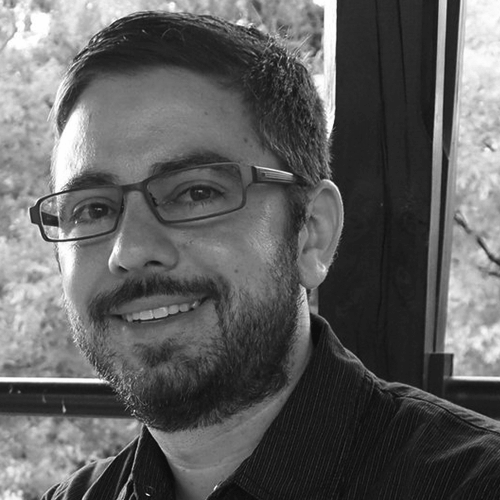
Brian Mathieson, Ed.D., NBCT
Member, American School Counselor Association
Over the course of my school counseling career, I’ve struggled to address the needs of all my students when teaching lessons on how to prepare for life after high school. In any group of students, postsecondary interests range from on-the-job training, an apprenticeship, a certificate program, an associate’s degree, a bachelor’s degree or the military.
Early in my career, my lessons on postsecondary preparedness were usually taught with a slideshow presentation and included some information on each of these pathways. The reality was, however, that far too much of my lessons focused on college planning. I also didn’t understand that slideshows are not an effective way to create a learning experience with a high degree of student engagement.
Blended learning methods
The more I learn about blended learning, the more I believe it has the potential to improve our lessons on planning for careers and college. Blended learning combines online digital media with traditional classroom methods. It requires the physical presence of both school counselor and student, with some element of student control.
Increasing student engagement
When using blended learning methods to teach students about careers and college, I use traditional instruction to determine which students have particular interests for their postsecondary lives. I do this through a well-designed learning experience that includes student engagement and perception data. Then I use blended learning models to give my students “voice and choice” over which postsecondary pathway they might want to research further. For instance, they could choose one or two learning experiences based on a pathway that interests them and then rotate on a prescribed schedule.
Preparing students of all ages
Although I use blended learning in a high school, I’ve seen examples of it used with younger students. If I were designing a career and college lesson for elementary students, I would use developmentally appropriate videos and focus on career awareness while giving students some voice and choice over the content and pace.
Blended learning goes a long way toward increasing student engagement with its emphasis on choice. If you aren’t familiar with blended learning already, I encourage you to seek additional training and begin integrating it into your lessons on postsecondary planning.

